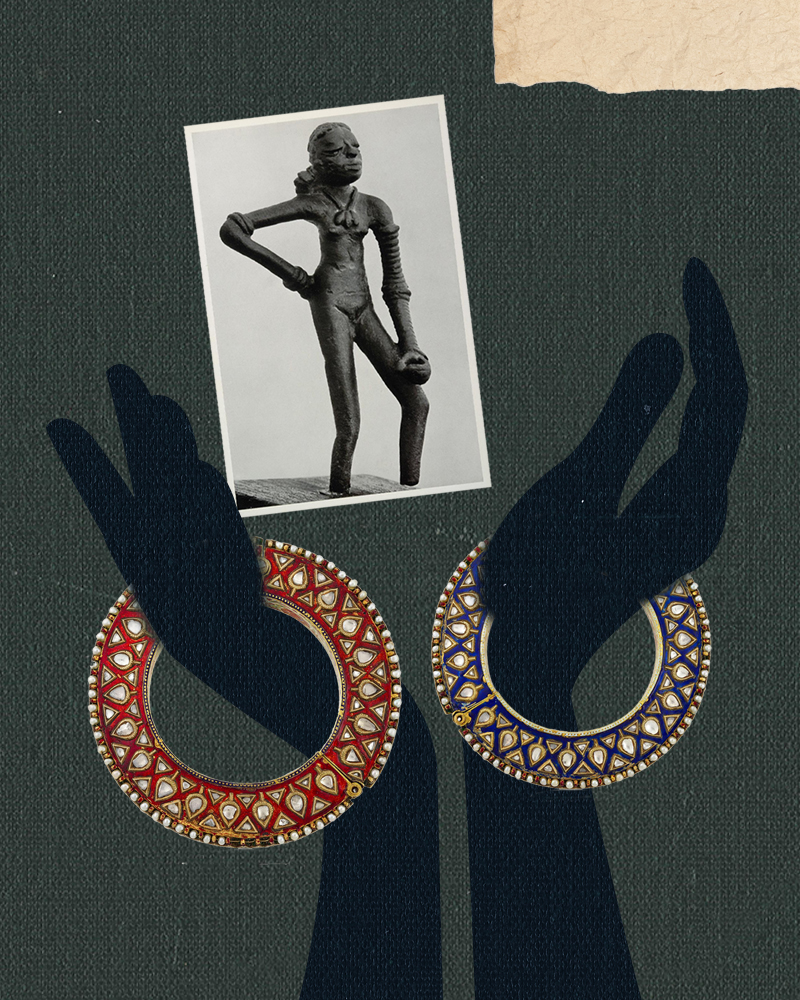The Briolette of India, a Diamond Known for Its Lustre and Legends Alike
From the hands of crusaders to the collections of connoisseurs, the Briolette Of India has had a storied life.
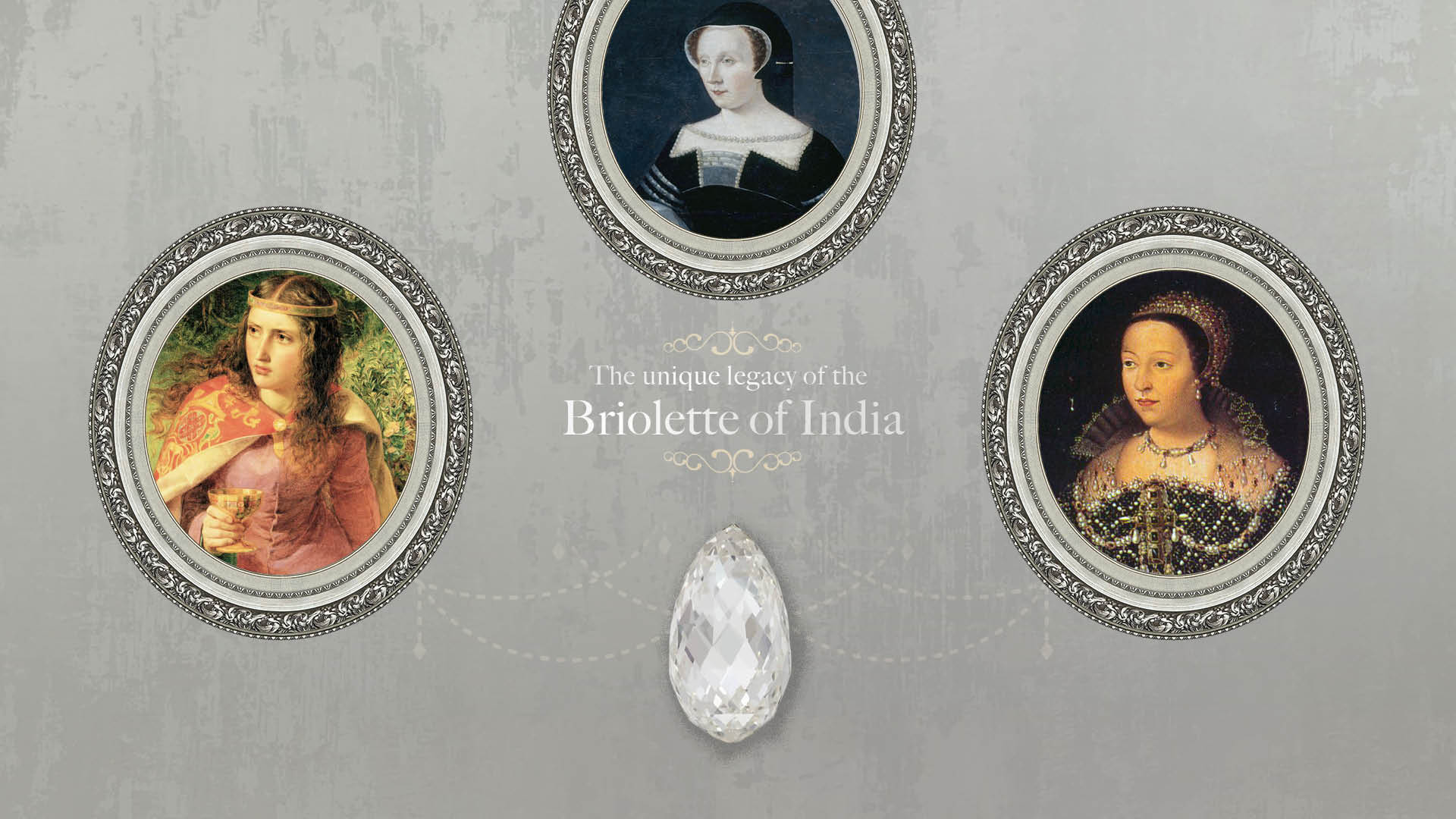
A natural diamond is prized for a number of reasons. The most obvious and well-known, of course, are the four Cs—cut, clarity, carat, and colour. But genuine connoisseurs know that what really makes a diamond unique is its story, its aura and above all its power to mystify and fascinate across time and place. And one of the most fascinating natural diamonds in the world is the one known as the Briolette of India. While the history of this particular gem has many stories and legends surrounding it, what is known for a fact is that it holds a high emotional value in the hearts of diamond lovers.
But first, let’s take a step back and understand what a briolette is and what makes it such a special diamond.
Multifaceted magnificence
The first thing anyone, even a layperson, will notice about a diamond is the shape of its cut. This shape is an important part of how a diamond can be styled and the kind of light it emits. One of the most well-regarded and traditional of these is the briolette, an elongated diamond that resembles a teardrop or grape, and uniquely, has triangular facets all over, giving it a brilliance and sparkle that is very rare.
The briolette is believed to be a descendant of the double rose cut, which features one elongated side that gives it a drop shape. The Briolette of India is a colourless 90.38-carat D-colour type IIa diamond. What this means is that it is exceptionally pure from a chemical standpoint, giving it an elevated stature among gemologists and jewellery lovers alike.
The provenance of the Briolette of India is often a subject of debate. Many say that it dates back to almost a millennium, making it older than even the more well-known Koh-i-Noor, and that it originated in India, hence the name. Later research claims it was shaped in Paris in the early 20th century. But every fact, story, legend, and myth associated with this diamond only adds to its intrinsic value and how treasured it is.
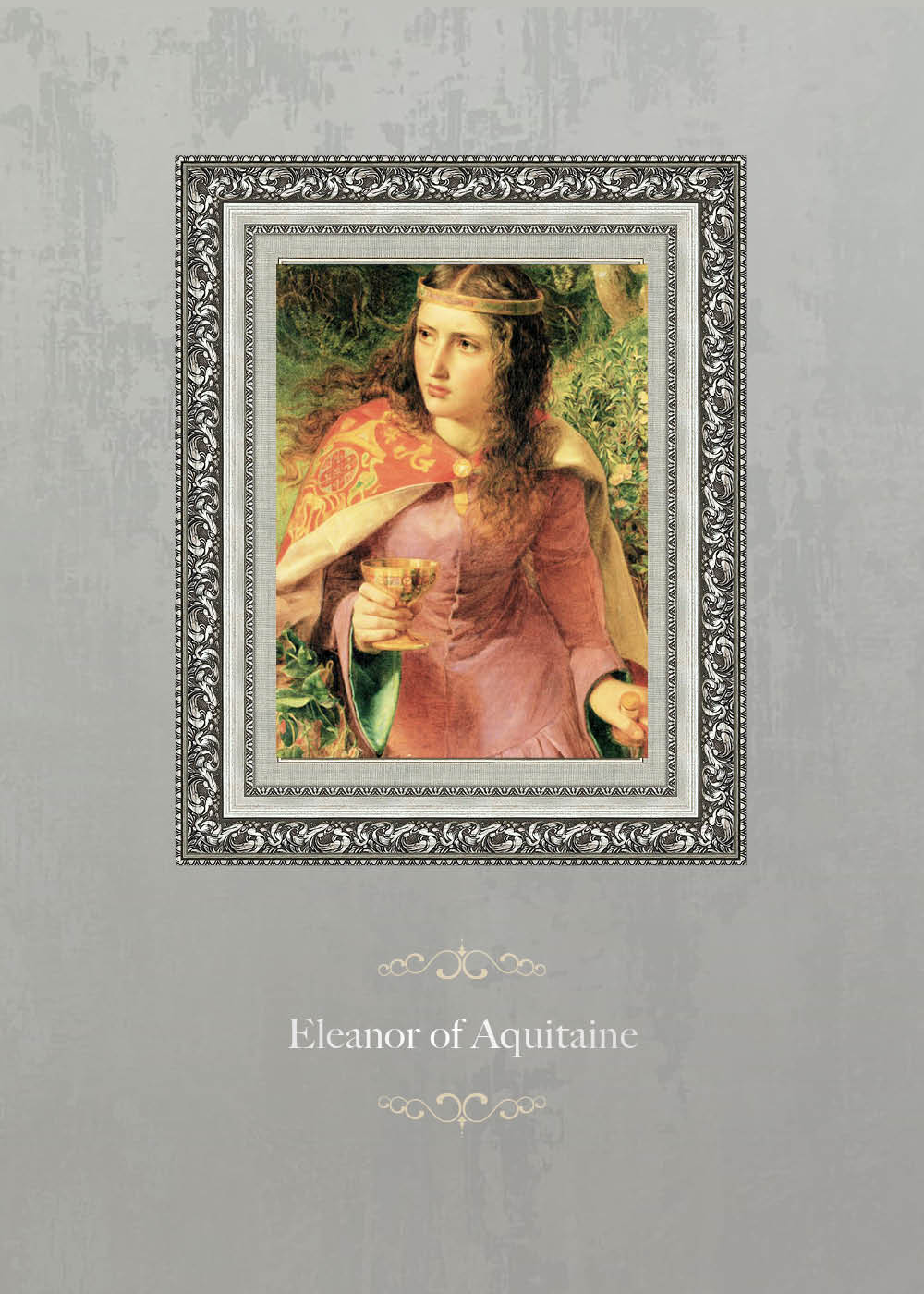
Diamond of the Crusaders
The first that we hear of the Briolette of India in history is when it was acquired by Eleanor of Aquitaine, possibly the most powerful woman in 12th-century Europe. Eleanor was the queen consort of King Louis VII of France and later, of England’s Henry II. The daughter of William X, Duke of Aquitaine, she inherited the duchy of Aquitaine upon his death in 1137, the same year she married Louis VII. She accompanied her husband on the Second Crusade, to Jerusalem, which took place between 1147 and 1150. They lost this war, and during this expedition, the relationship between Eleanor and Louis deteriorated considerably. In 1152, their marriage was annulled and she regained possession of Aquitaine. Later that year, she married the grandson of Henry I, who, two years later, ascended the throne of England. The couple had five sons and three daughters. One of them eventually became the King of England in 1189, and held various other titles, including Richard the Lionheart, so named for his military prowess and leadership. He played a significant role in the Third Crusade (1189-1192), finalising the Treaty of Jaffa with Muslim ruler Saladin and ending the war. And if the legend is to be believed, what he took with him on this expedition was none other than the Briolette of India that has once been his mother’s.
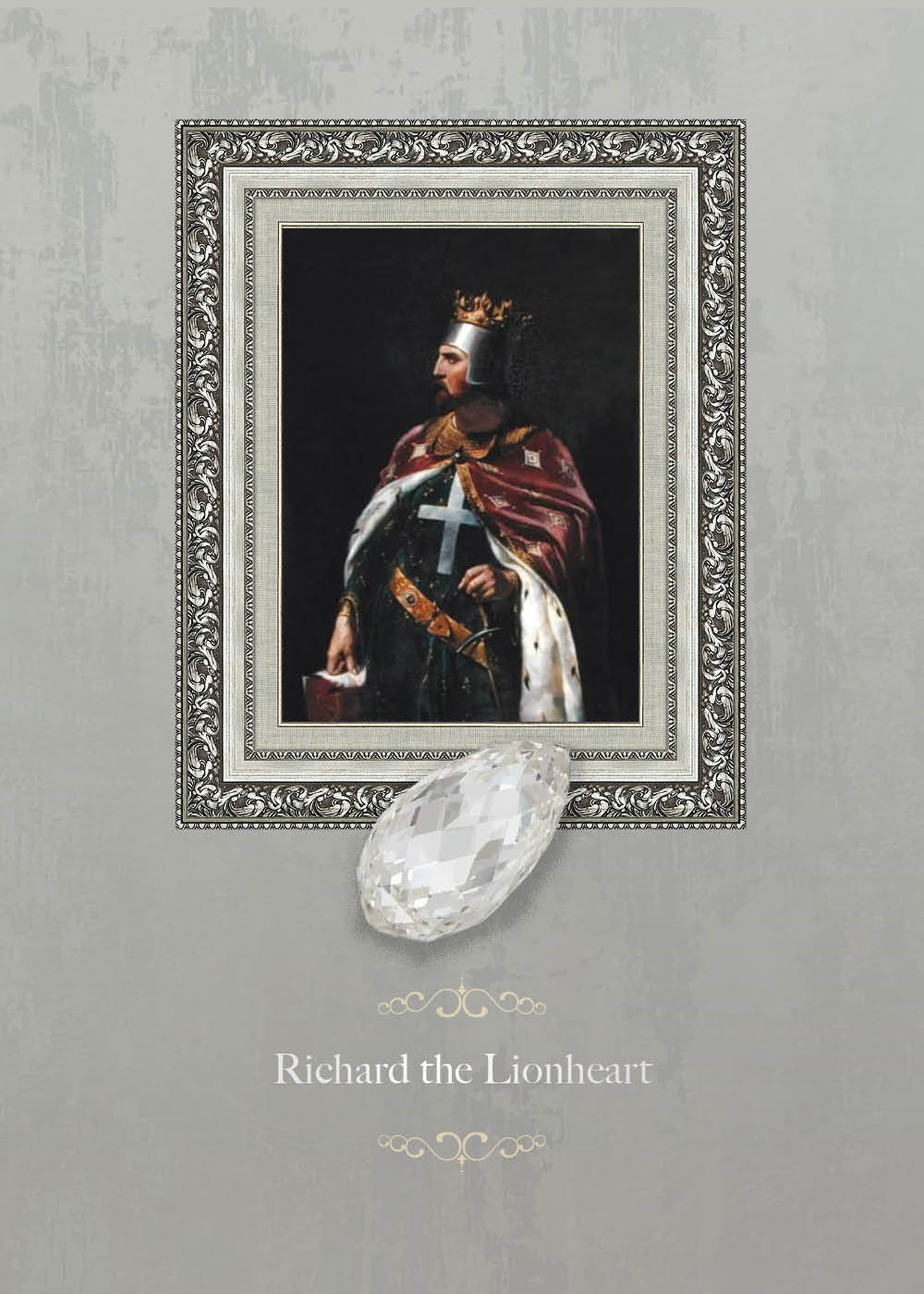
For three centuries after this, all traces of this diamond disappeared till once again it came into the limelight and by this time its ownership had moved from the English to the French royal house.
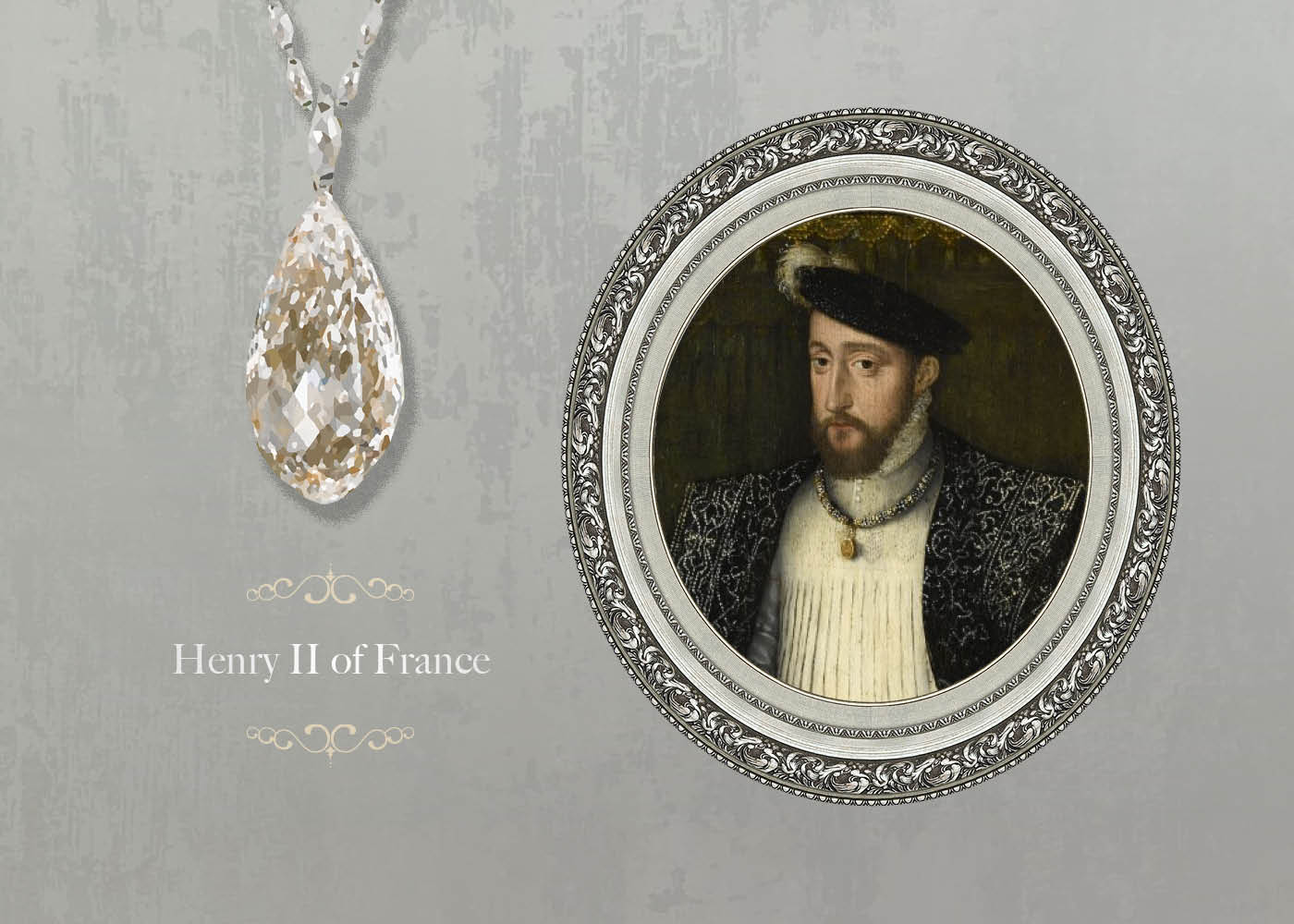
Lost and found, twice
The precious and inimitable diamond was not seen for the next 300 years, until the late 16th century, when it is believed to have been presented by Henry II of France to his mistress, Diane de Poitiers. Many portraits of Diane at the Palace of Fontainebleau are believed to show her wearing this storied jewel. Upon the king’s passing, his wife Catherine of Medici is believed to have retrieved all the jewels from Diane de Poitiers and this included the Briolette of India.
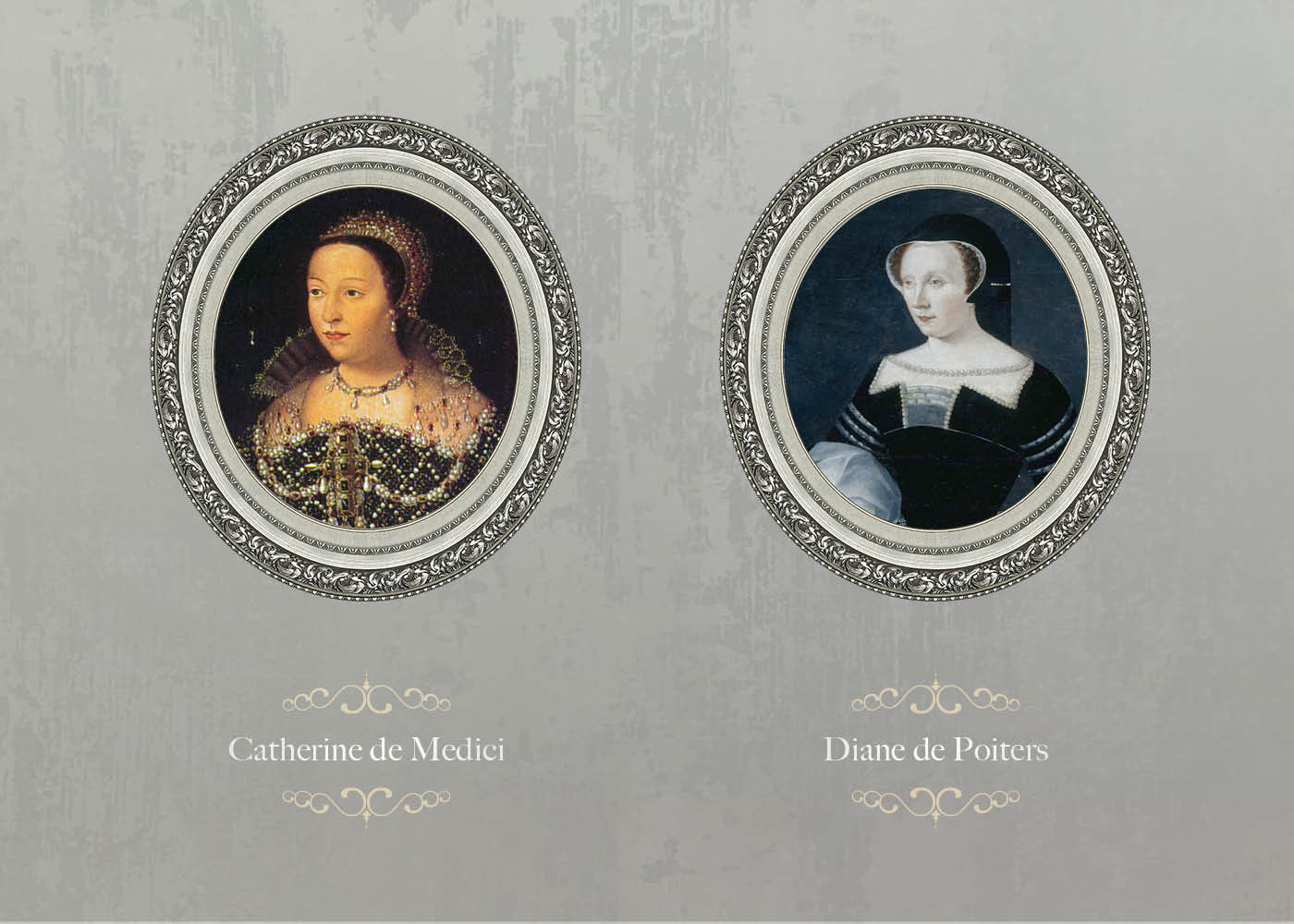
After this fleeting appearance, the Briolette of India once again disappeared for a few centuries, until 1950, when celebrated New York jeweller Harry Winston bought it from an Indian maharaja. He sold it to one Mrs Killam and bought it back after her death 10 years later. In 1970, he exhibited the famous gem at a dinner for American fashion editors. Currently believed to be in the ownership of a European family, the Briolette of India is set in a necklace with another diamond and a pearl.
Post the Winston years, new research claims that the Briolette of India has origins in South Africa and was originally owned by Pierre Cartier, who got it cut in Paris and who crafted a history to give it a different stature, considering that Indian Golconda diamonds were seen as the most superior gems in the world. What is undisputed, though, is that this historic diamond is widely considered one of the world’s most perfectly cut, brilliant, rare, and beloved artefacts.
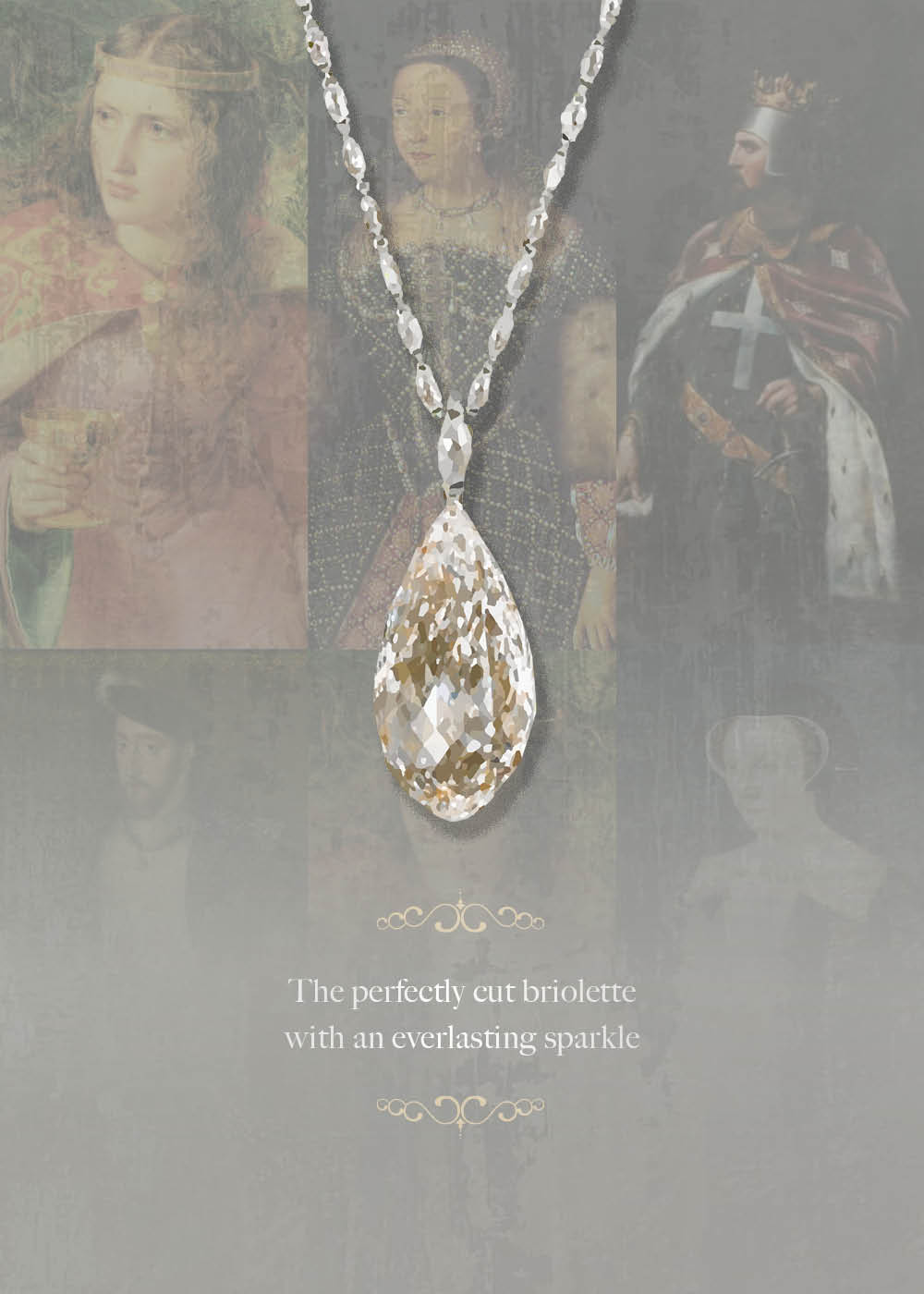
Lost, found, and shrouded in mystery, the Briolette of India has remained an iconic diamond, owned by kings and queens, regarded as a symbol of power and love, and desired by all who ever set eyes on it.
